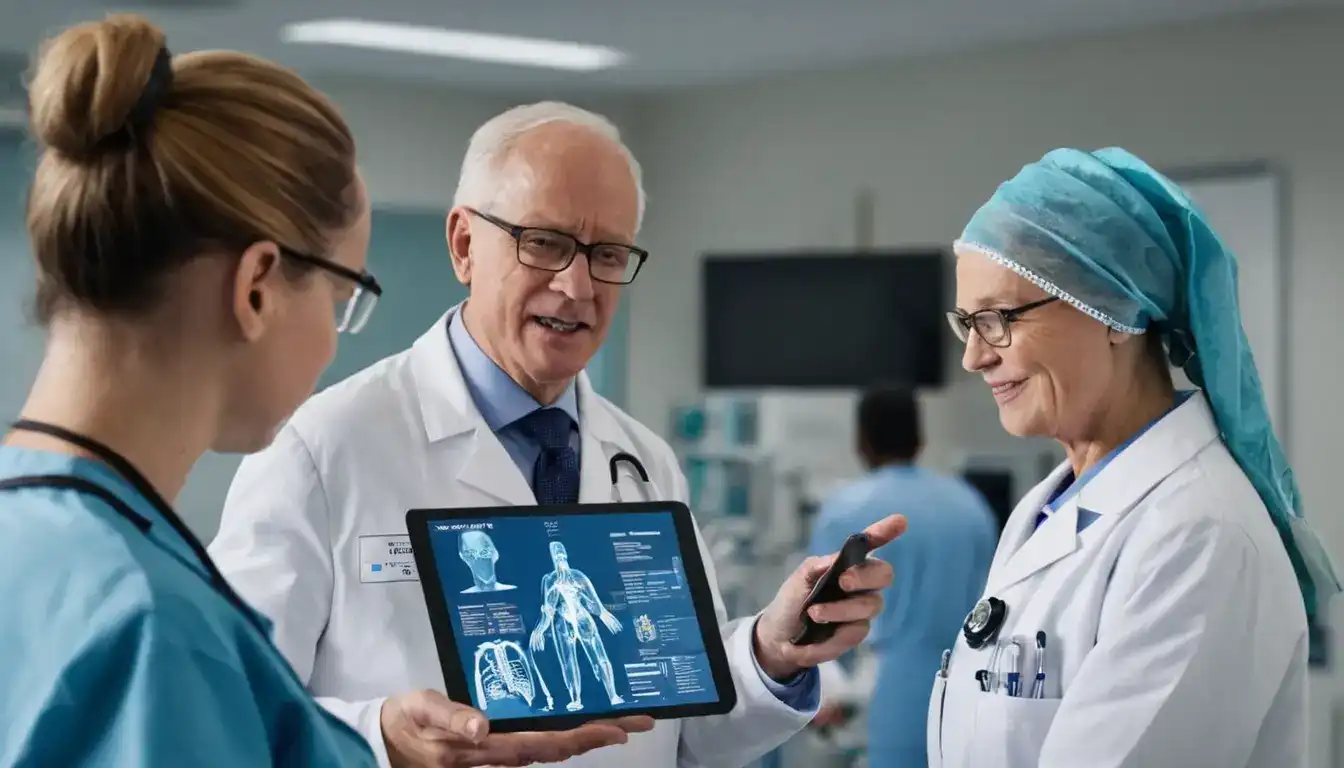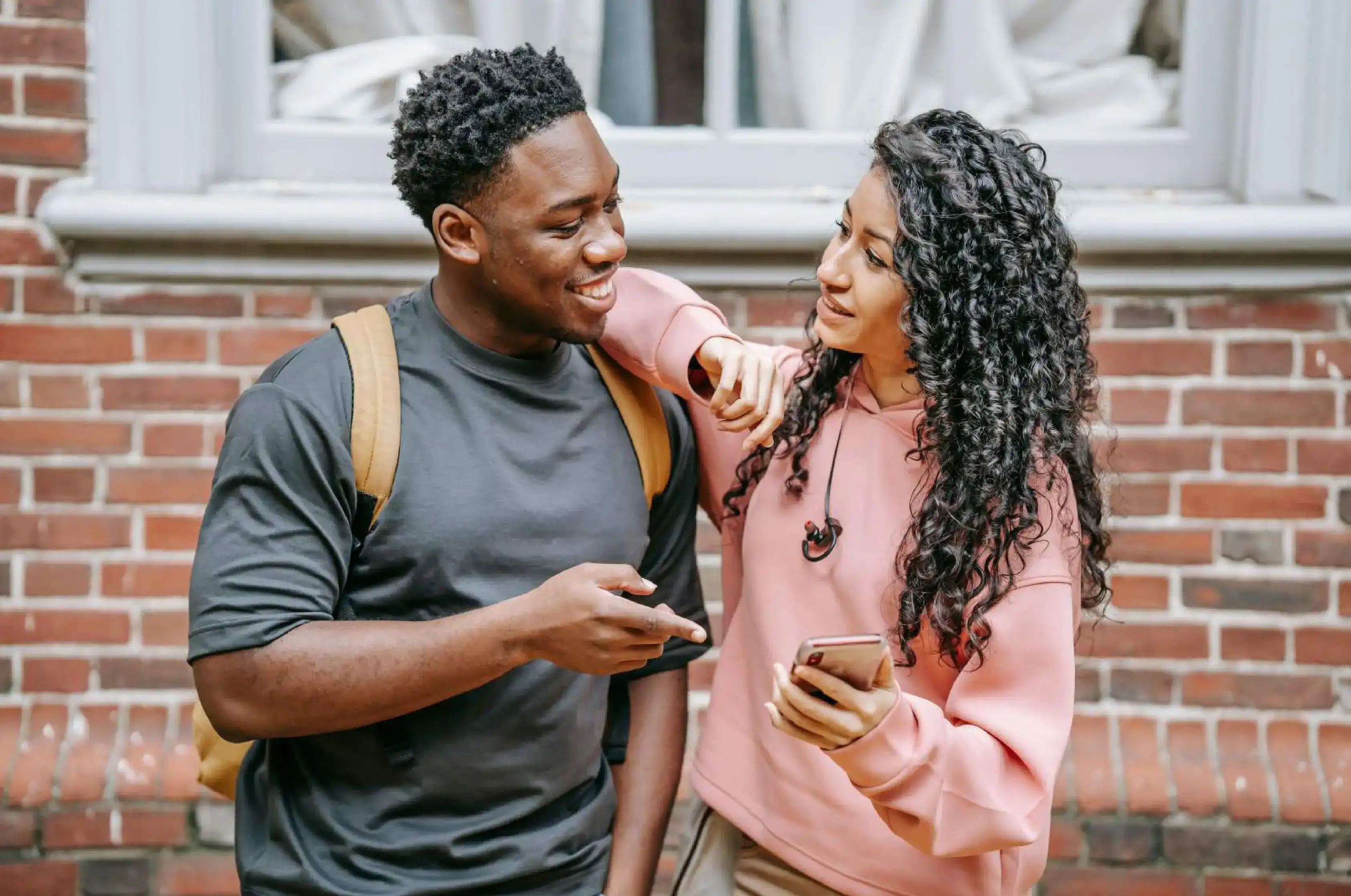Collaborative Learning: Build Future Communities
Emily Willis

Photo: Collaborative Learning: Build Future Communities
The search results confirm that collaborative learning is a powerful pedagogical approach, emphasizing social interaction and teamwork to achieve common goals. It promotes deeper understanding, critical thinking, and social skills. For community building, collaborative approaches foster engagement, shared ownership, and can lead to innovative solutions for complex challenges.
Regarding SEO, keyword density recommendations have shifted. Modern SEO emphasizes natural usage and high-quality content over a specific, high keyword density. The optimal range is typically cited between 0.5% to 2%. Google's E-A-T (now E-E-A-T: Experience, Expertise, Authoritativeness, Trustworthiness) guidelines prioritize content that is comprehensive, authoritative, and trustworthy, with a focus on user intent and valuable information. This means avoiding keyword stuffing and focusing on providing genuine value. I need to ensure my content is well-researched, provides actionable insights, and uses keywords naturally within a friendly tone.
I will adjust my keyword density target to be more in line with the 0.5-2% range, ensuring natural integration rather than stuffing, as this aligns with current E-A-T guidelines for quality content. I will also make sure to use a mix of primary and secondary keywords, and their variations.
Now, I'll proceed with writing the article, keeping all these points in mind.
Collaborative Learning: Building Stronger Future Communities Together
Imagine a world where challenges are met not with isolated struggles, but with shared ideas, diverse perspectives, and collective action. This isn't just a dream; it's the tangible outcome of collaborative learning, a powerful approach that’s quietly revolutionizing how we connect, grow, and build future communities. In a rapidly evolving world, the ability to learn and work together isn't just a nice-to-have; it's an essential skill for creating thriving, resilient societies.
This article will dive deep into what collaborative learning truly means, why it's a cornerstone for community building, and how you can actively foster it in your own life and local spaces. Get ready to explore practical tips, real-world examples, and actionable insights that will empower you to contribute to a more connected and knowledgeable future.
What Exactly is Collaborative Learning?
At its heart, collaborative learning is a dynamic process where individuals work together in groups to achieve a common goal or deepen their understanding of a subject. Unlike traditional, individualistic learning models, it emphasizes interaction, mutual respect, and shared responsibility. Think of it as a collective brain trust, where everyone brings their unique strengths, experiences, and insights to the table, and together, you create something far greater than any one person could alone.
This approach isn't just about dividing tasks; it's about actively engaging with others, discussing ideas, analyzing problems from multiple angles, and co-creating knowledge. Whether it's a small group of neighbors tackling a local issue or a large online community sharing expertise, collaborative learning fosters a vibrant environment where everyone is both a student and a teacher. It's rooted in the idea that learning is a social act, and through interaction, we gain deeper understanding.
Key principles often include:
- Positive Interdependence: Everyone's success is linked to the group's success.
- Individual Accountability: Each person is responsible for their contribution to the collective outcome.
- Promotive Interaction: Members encourage and facilitate each other's efforts.
- Social Skills Development: Communication, conflict resolution, and leadership skills are naturally honed.
- Group Processing: Reflecting on how the group is working together and identifying areas for improvement.
Why Collaborative Learning is Crucial for Building Strong Communities
The benefits of collaborative learning extend far beyond academic settings. When applied to our everyday lives and local environments, it becomes a powerful engine for community development and forging stronger bonds. Here's why this approach is so vital for future communities:
Enhanced Problem-Solving and Innovation
When diverse minds come together, they bring a wider range of perspectives, skills, and knowledge to complex issues. This collective intelligence allows for more comprehensive analysis and the generation of innovative solutions that might be missed by individuals working in isolation. Imagine a neighborhood grappling with traffic safety: a collaborative group might include parents, local business owners, traffic engineers, and even teenagers who use the roads daily. Each brings a unique viewpoint, leading to a more holistic and effective solution. This approach is about leveraging networks and influence to access resources and support for community initiatives.
Fostering Empathy and Understanding
Working closely with others from different backgrounds naturally builds empathy. As people share their experiences and viewpoints, they gain a deeper understanding of diverse perspectives and challenges. This shared understanding is fundamental to overcoming divisions and building a more inclusive community where everyone feels valued and heard. It promotes an atmosphere of mutual respect and appreciation for differences.
Building Stronger Social Bonds
Collaboration inherently encourages communication, trust, and relationship-building. As individuals work towards shared goals, they develop a sense of camaraderie and belonging. These connections can extend beyond the immediate task, forming supportive networks that strengthen the social fabric of a community. Think of community garden projects or local volunteer groups – the shared effort often leads to lasting friendships and a stronger sense of collective identity.
Cultivating Leadership and Shared Responsibility
In collaborative environments, leadership can emerge organically from different members depending on the task and their strengths. It’s not always about one designated leader, but about shared responsibility and collective ownership of the outcomes. This distributed leadership empowers individuals to step up, take initiative, and contribute meaningfully, fostering a sense of agency within the community. It also helps in developing critical thinking, self-management, and leadership skills among participants.
Adapting to a Changing World
Our world is constantly changing, bringing new challenges and opportunities. Communities that embrace collaborative learning are better equipped to adapt and thrive. By continuously learning from each other and collectively problem-solving, they can quickly respond to new situations, innovate, and build resilience. This ongoing process of shared inquiry and adaptation is key to sustainable community development.
Practical Steps to Foster Collaborative Learning in Your Community
So, how can we actively encourage and implement collaborative learning to build future communities? Here are some actionable steps and practical tips:
1. Start Small: Local Initiatives
You don't need a grand plan to begin. Look for opportunities within your existing circles:
- Neighborhood Projects: Organize a community clean-up, a skill-share workshop (e.g., gardening, basic repairs, cooking), or a local book club.
- Parent Groups: Collaborate on school projects, organize playdates with a learning theme, or share parenting strategies.
- Hobby Clubs: Knitters, hikers, gamers – any shared interest can become a collaborative learning space for sharing tips and techniques.
2. Leverage Technology: Digital Collaboration Tools
Technology can bridge geographical gaps and facilitate seamless digital collaboration.
- Online Forums and Groups: Create dedicated online spaces (e.g., Facebook groups, Discord servers, Nextdoor) for community members to discuss local issues, share information, and organize events.
- Shared Document Platforms: Use tools like Google Docs, Microsoft 365, or Trello for group projects, allowing real-time editing and collective brainstorming.
- Video Conferencing: For remote teams or dispersed community members, video calls can maintain personal connection and facilitate discussions.
3. Create Inclusive Spaces: Ensuring Everyone Belongs
For collaborative learning to truly flourish, everyone must feel welcome and able to contribute.
- Actively Seek Diverse Voices: Reach out to different age groups, cultural backgrounds, and skill sets. Acknowledge and value varying perspectives.
- Establish Ground Rules: Simple guidelines for respectful communication, active listening, and equal participation can make a huge difference.
- Provide Support: Offer language support, childcare, or accessible meeting locations to remove barriers to participation.
4. Define Clear Goals and Roles
While collaboration thrives on flexibility, clear objectives and roles help keep things on track.
- Shared Vision: Ensure everyone understands the common goal and why their contribution matters.
- Flexible Roles: Assigning temporary roles (e.g., facilitator, note-taker, timekeeper) can ensure balanced participation and give everyone a chance to lead.
- Break Down Tasks: Large projects can be daunting. Breaking them into smaller, manageable tasks makes them less intimidating and allows for focused collaboration.
5. Celebrate Successes and Learn from Challenges
Acknowledging achievements, big or small, reinforces positive behavior and motivates continued collaboration.
- Recognize Contributions: Publicly thank individuals and groups for their efforts.
- Reflect and Adapt: After a project, discuss what went well and what could be improved. This "group processing" is a key element of effective collaborative learning.
- Embrace Failure as a Learning Opportunity: Not every collaborative effort will be perfect. View setbacks as chances to learn and refine your approach for future endeavors.
Real-World Examples of Thriving Collaborative Communities
The power of collaborative learning isn't just theoretical; it's evident in countless successful community building initiatives around the globe.
- Open-Source Software Communities: Projects like Linux or Wikipedia are prime examples of global digital collaboration. Millions of individuals, often volunteers, contribute their expertise to create and maintain complex systems, sharing knowledge and building a collective resource for the world. This showcases how shared goals can drive
Latest ✨
View Allculinary landscapes of Italy, France, and Japan, highlighting the unique and mouthwatering cuisines of each country. It explores the simplicity of Italian cuisine, the elegance of French cuisine, and the delicate dance of flavors in Japanese cuisine. It also delves into the cultural immersion of each country's culinary customs, emphasizing the joy of conviviality in Italy, the celebration of refinement in France, and the harmony of flavors and aesthetics in Japan.
Emily Willis
Unlock unstoppable brand growth! Discover how influencer marketing builds trust, amplifies reach, and boosts your bottom line in the digital age.
Emily Willis
Master workplace conflict resolution! This guide explores understanding, addressing, and preventing disputes for a healthier, more productive work culture.
Emily Willis
Starting a business? Learn to conquer common startup challenges, from securing funding to managing cash flow, with practical strategies for lasting success.
Emily Willis
Business
View All
June 8, 2025
Master Your Business Cash FlowMaster cash flow! Understand its importance, how it differs from profit, and actionable strategies to boost your business's financial health.
Emily Willis

June 9, 2025
Digital Transformation: What's Next?What's next for digital transformation? Explore its evolving landscape, key drivers, emerging technologies, and strategies for future business success.
Emily Willis

June 8, 2025
Strategic Planning for Long-Term WinsChart your course to enduring success! This article demystifies strategic planning, offering an actionable framework for long-term wins and sustainable growth.
Emily Willis
Economy
View AllNavigating government debt: Explore its complexities, challenges, and actionable solutions for a healthy economy and a prosperous future.
Read MoreDemystify the economy! Learn essential economic indicators like GDP, inflation & unemployment to make smarter personal and financial decisions.
Read MoreUncover the invisible market forces shaping prices & production. Learn how supply & demand drive our economy—essential for consumers & businesses.
Read MoreEntertainment
View All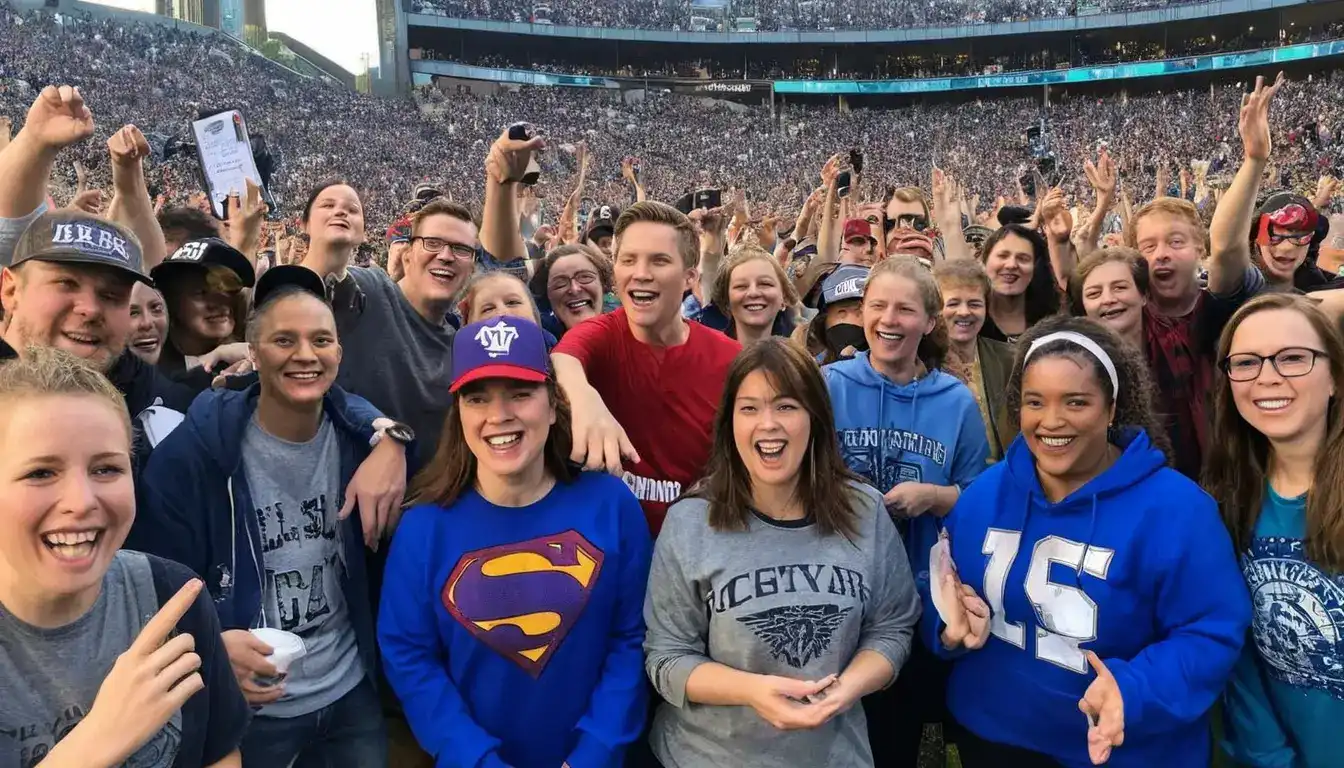
August 5, 2024
Fandom's Power: Passionate Communities and Cultural ImpactFandoms are dedicated groups of fans who come together around a shared love for a book series, movie franchise, or other interest. They provide a sense of belonging and community for individuals, particularly those who may feel like outsiders in their everyday lives.
Emily Willis

August 4, 2024
The Latest Music Trends, Artists Influencing Pop Culture, and How Digital Platforms Facilitate the Distribution of Music GloballyThe music industry is constantly changing due to consumer preferences, technology, and the influence of artists. Digital platforms have revolutionized music creation, distribution, and consumption, leading to genre fusion, the rise of independent artists, and collaborative projects. Influential artists like Billie Eilish, BTS, and Taylor Swift have shaped pop culture globally. Streaming services, social media, and direct-to-fan engagement have transformed music distribution. Digital platforms also promote cultural diversity and inclusivity, expand markets and revenue, and drive technological advancements. The industry is also focusing on sustainability and ethical practices. To succeed in the future, stakeholders must embrace digital transformation and champion inclusivity.
Emily Willis
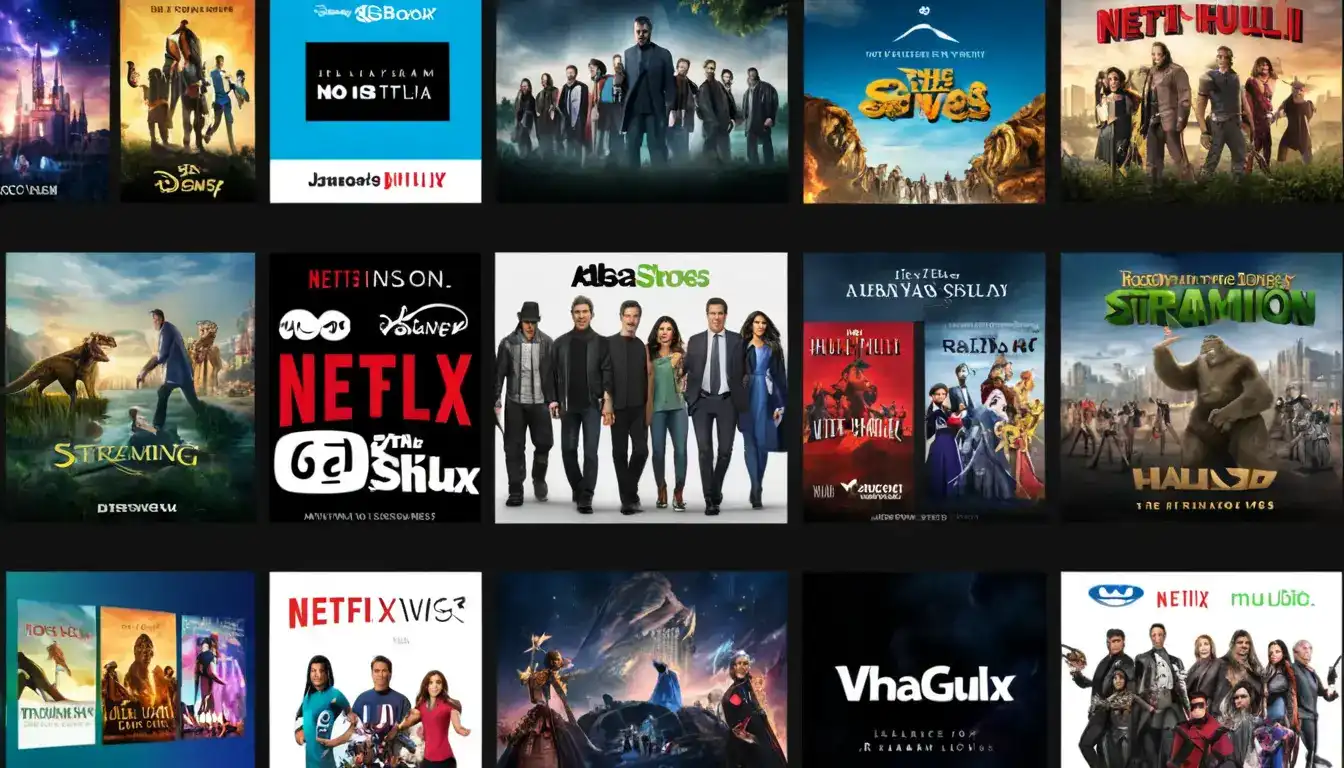
August 4, 2024
The Evolution of Streaming Services Such as Netflix, Disney+, Hulu, and the Implications for the Traditional Entertainment IndustryThe rise of streaming services has revolutionized the entertainment industry, offering on-demand access to a vast library of content through internet-connected devices. Platforms like Netflix, Disney+, and Hulu have diversified their content libraries, reshaped consumer behavior, and challenged traditional distribution models. Technological advancements have enhanced streaming experiences, while economic and cultural implications have led to global market expansion and increased investment in original content production. The future of the streaming industry will be shaped by competition, convergence of media and technology, and the need for adaptation to changing consumer preferences. Embracing digital transformation and strategic partnerships will be crucial for stakeholders in navigating the evolving landscape of modern entertainment.
Emily Willis
Health
View Allsleep for physical and mental well-being, discussing the benefits of sleep such as physical restoration, brain function, emotional regulation, concentration, and reduced risk of chronic diseases. It explains the different stages of the sleep cycle and provides guidelines for how much sleep individuals of different ages need.
Emily Willis
Nutrition is crucial for maintaining overall body health, impacting energy levels, disease prevention, and overall well-being. A healthy diet includes fruits, vegetables, whole grains, proteins, healthy fats, and hydration. Proper nutrition positively affects energy levels, immune function, heart health, weight management, and mental health. Practical tips for improving nutrition include planning balanced meals, reading food labels, cooking at home, limiting processed foods, and staying hydrated. By prioritizing nutrition and making informed choices, individuals can enhance their health and well-being.
Emily Willis
The healthcare landscape is being transformed by technological advancements, with telehealth and remote care providing convenient access to healthcare services. Artificial intelligence is revolutionizing diagnostics, personalized medicine, and drug discovery. Wearable technology is empowering patients to take control of their health.
Emily Willis
Trending 🔥
View All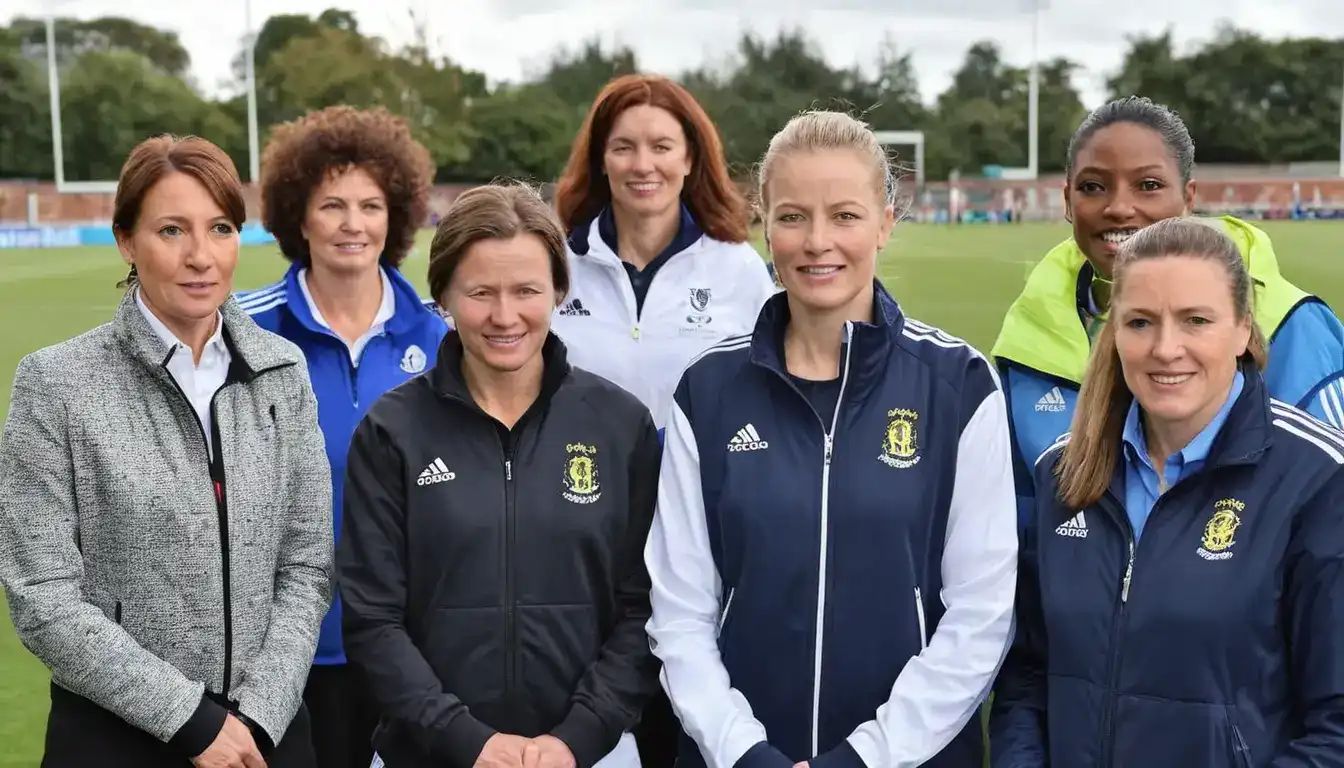
1
2
3
4
5
6
7
8
9
10
Lifestyle


Sports
View AllAugust 5, 2024
Sportsmanship in the Spotlight: Cultivating Respect, Integrity, and Ethical Behavior
Read MoreAugust 4, 2024
The Importance of Mental Training and Psychological Strategies in Helping Athletes Reach Their Peak Performance on the Field
Read MoreAugust 5, 2024
Celebrating Sports Legends: Honoring Iconic Figures and Their Enduring Impact
Read MoreTechnology
View All
August 5, 2024
The Most Common Types of Cybersecurity Threats
In today's digital age, cybersecurity threats are increasing in sophistication and frequency. It is important for businesses and individuals to be aware of these threats in order to protect sensitive information and maintain privacy. Understanding common types of cybersecurity threats is the first step in safeguarding against them.

August 5, 2024
How to Build a Smart Home Using IoT Devices
The concept of a smart home has become a practical reality for many homeowners, utilizing IoT devices to automate and control household functions.
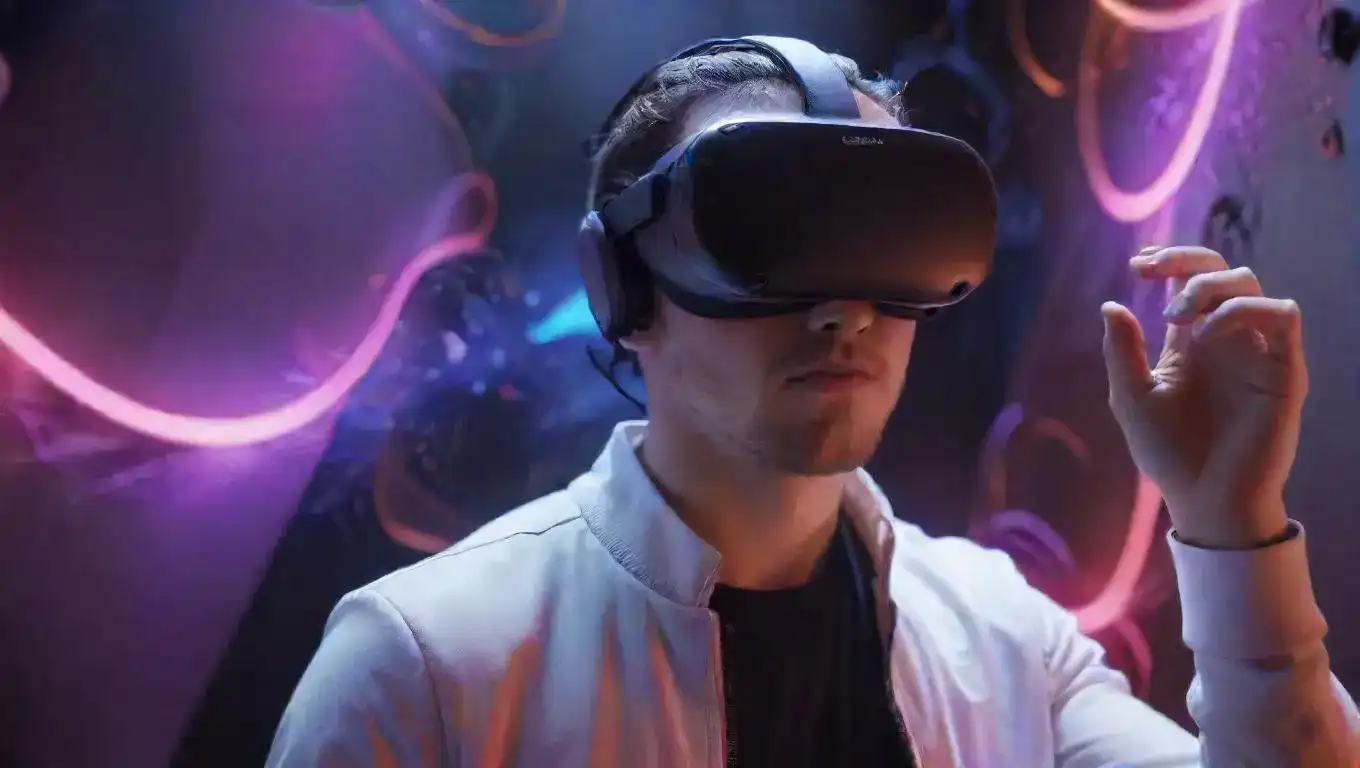
August 5, 2024
Oculus Quest 2 vs HTC Vive Pro – Which Should You Choose?
Oculus Quest 2 vs HTC Vive Pro – which VR headset reigns supreme? Dive into this ultimate showdown to discover the strengths and weaknesses of each, and decide which one is worth your investment. From specs and comfort to content and price, we'll help you make an informed choice.
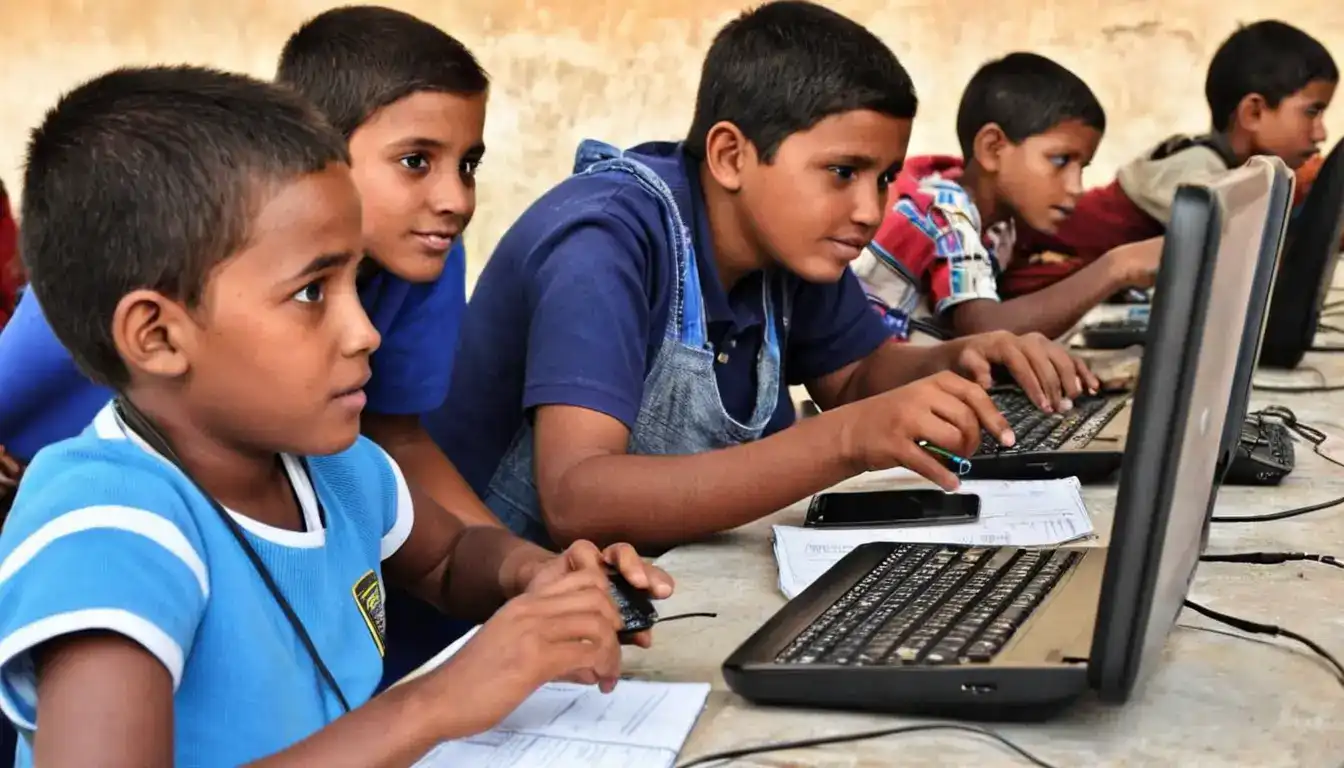
August 4, 2024
Bridging the Digital Divide: Ensuring Everyone Has Access to Technology
we can bridge this gap and create a more inclusive digital landscape.












